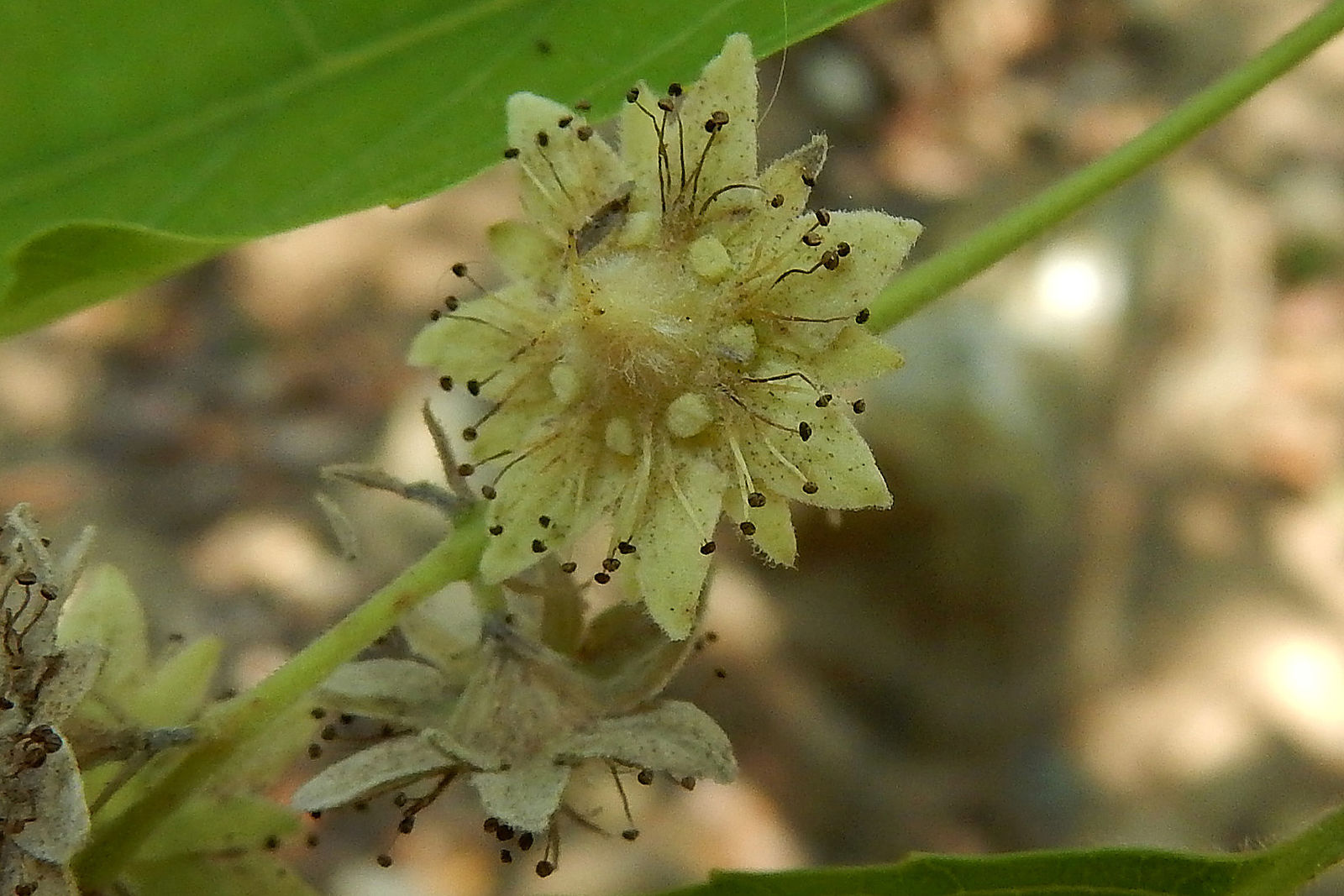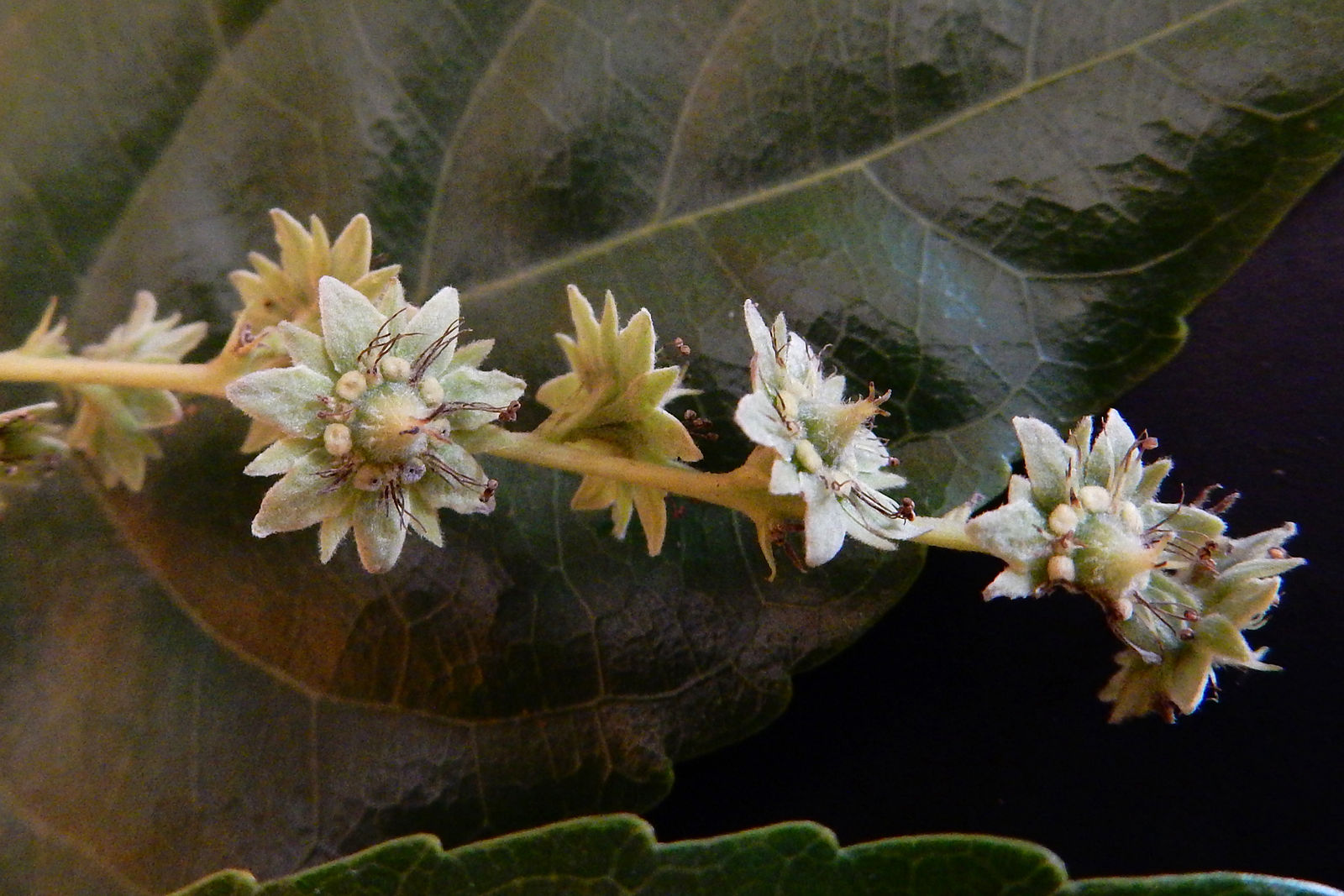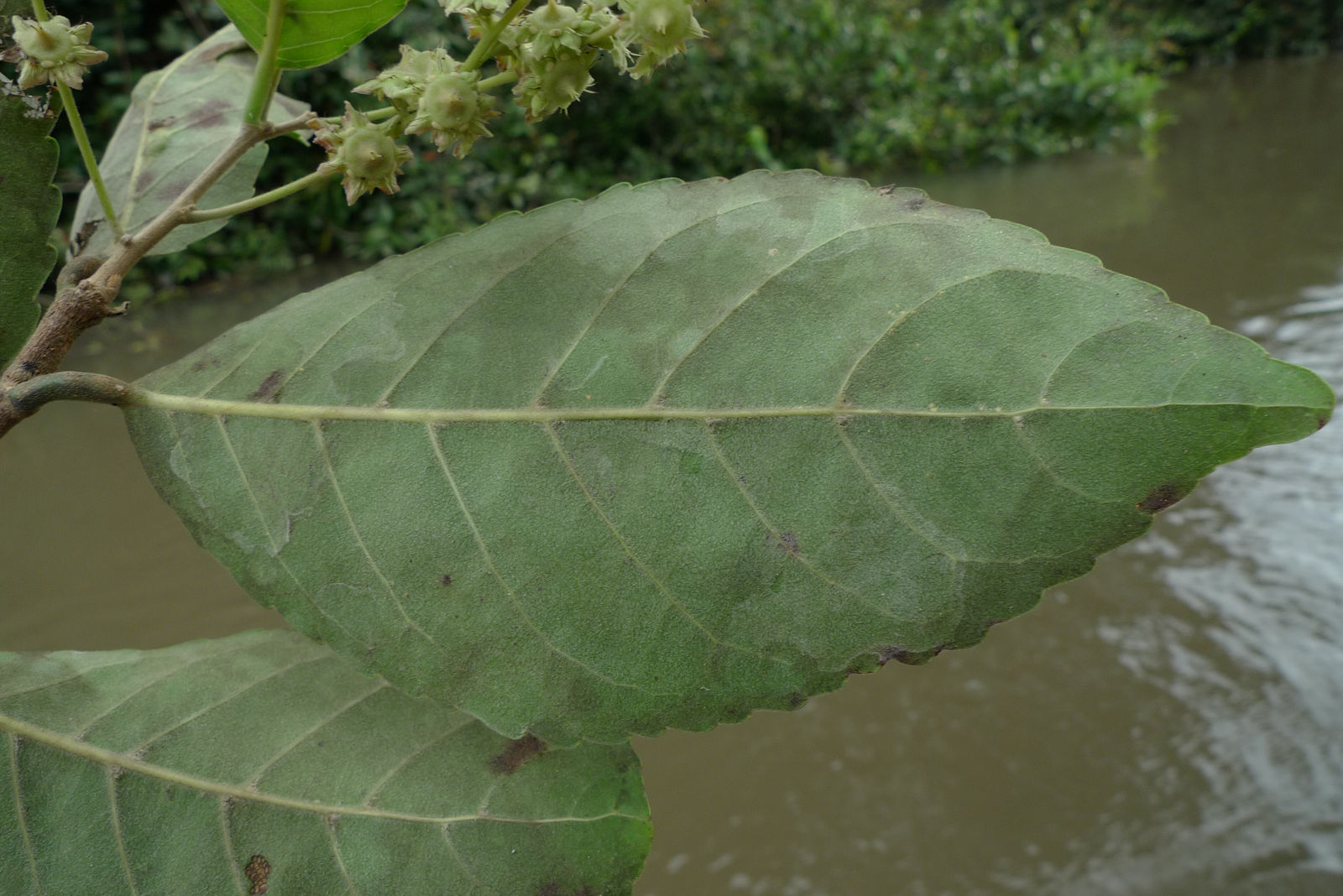Family: Salicaceae
Author: Jacq.
Bibliography: Select. Stirp. Amer. Hist., 82, 1763
Year: 1760
Status: accepted
Rank: species
Genus: Homalium
Vegetable: False
Observations: S. Mexico to Trop. America
Description
Commonly known as White cogwood, Homalium racemosum graces the botanical world with its elegant presence. This remarkable plant belongs to the Salicaceae family and thrives predominantly from Southern Mexico extending down through Tropical America.
The earliest formal description of White cogwood stems from the 18th century work “Select. Stirp. Amer. Hist.” authored by Jacquin in 1763. The text meticulously documents a wide array of American flora, with Homalium racemosum being one of the distinguished species examined.
Homalium racemosum is characterized by its graceful, often racemose inflorescences—a trait that not only magnifies its ornamental value but also plays a significant role in its ecology. The flowers, arranged in attractive clusters, contribute to the biodiversity of tropical ecosystems by serving as a crucial resource for various pollinators.
The naturally occurring habitat of White cogwood spans vast geographical regions, enabling it to adapt to diverse environmental conditions. Its resilience and adaptability make it a noteworthy subject of study in plant sciences, especially within the context of tropical botany.
In conclusion, Homalium racemosum, or White cogwood, is a plant of significant ecological and aesthetic value. Documented first by Jacquin, it continues to intrigue botanists and horticulturists alike, from the lush landscapes of Southern Mexico to the vibrant tropical realms of America.
Common Names
Eng: white cogwood
En: White cogwood
Synonyms
- Homalium riparium (Standl.)
- Homalium eleutherostylum (S.F.Blake)
- Homalium nicaraguense (S.F.Blake)
- Homalium columbianum (S.F.Blake)
- Homalium pedicellatum (Spruce ex Benth.)
- Homalium eurypetalum (S.F.Blake)
- Homalium trichocladum (S.F.Blake)
- Homalium obtusatum (Turcz.)
- Homalium mituense (Cuatrec.)
- Homalium stenosepalum (S.F.Blake)
- Homalium cuneifolium (Willd. ex Eichler)
- Homalium leiogynum (S.F.Blake)
- Homalium anzoateguiense (Steyerm.)
- Homalium schippii (Standl.)
- Homalium pleiandrum (S.F.Blake)
- Homalium pittieri (S.F.Blake)
- Homalium hemisystylum (S.F.Blake)
- Homalium hondurense (Donn.Sm.)
- Homalium racemosum subsp. barbellatum (S.F.Blake)
- Homalium integrifolium (Britton)
Distribution
- Belize (native)
- Bolivia (native)
- Brazil North (native)
- Brazil Northeast (native)
- Brazil West-Central (native)
- Colombia (native)
- Costa Rica (native)
- Cuba (native)
- Dominican Republic (native)
- French Guiana (native)
- Guatemala (native)
- Guyana (native)
- Haiti (native)
- Honduras (native)
- Jamaica (native)
- Leeward Is. (native)
- Mexico Gulf (native)
- Mexico Southeast (native)
- Mexico Southwest (native)
- Nicaragua (native)
- Panamá (native)
- Peru (native)
- Puerto Rico (native)
- Suriname (native)
- Trinidad-Tobago (native)
- Venezuela (native)
- Windward Is. (native)
Additional Images

© copyright of the Board of Trustees of the Royal Botanic Gardens, Kew.

© copyright of the Board of Trustees of the Royal Botanic Gardens, Kew.

© copyright of the Board of Trustees of the Royal Botanic Gardens, Kew.
Other
Taken May 13, 2016 by Nelson Zamora Villalobos (cc-by-nc)
Leaf
Taken May 13, 2016 by Nelson Zamora Villalobos (cc-by-nc)
Taken May 13, 2016 by Nelson Zamora Villalobos (cc-by-nc)
Taken May 13, 2016 by Nelson Zamora Villalobos (cc-by-nc)
Taken May 13, 2016 by Nelson Zamora Villalobos (cc-by-nc)
Taken May 13, 2016 by Nelson Zamora Villalobos (cc-by-nc)
Sources
- WFO (No URL)
- IPNI (No URL)
- GBIF (https://www.gbif.org/species/5331157)
- POWO (http://powo.science.kew.org/taxon/urn:lsid:ipni.org:names:779849-1)
- PlantNet (https://identify.plantnet.org/species/the-plant-list/Homalium racemosum Jacq.)
Specifications
Growth habit>: Tree






